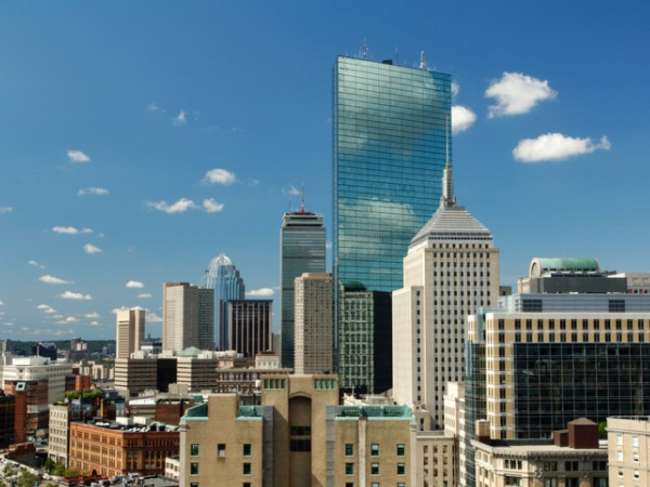We may earn revenue from the products available on this page and participate in affiliate programs. Learn More ›
Artistry Built for the Ages
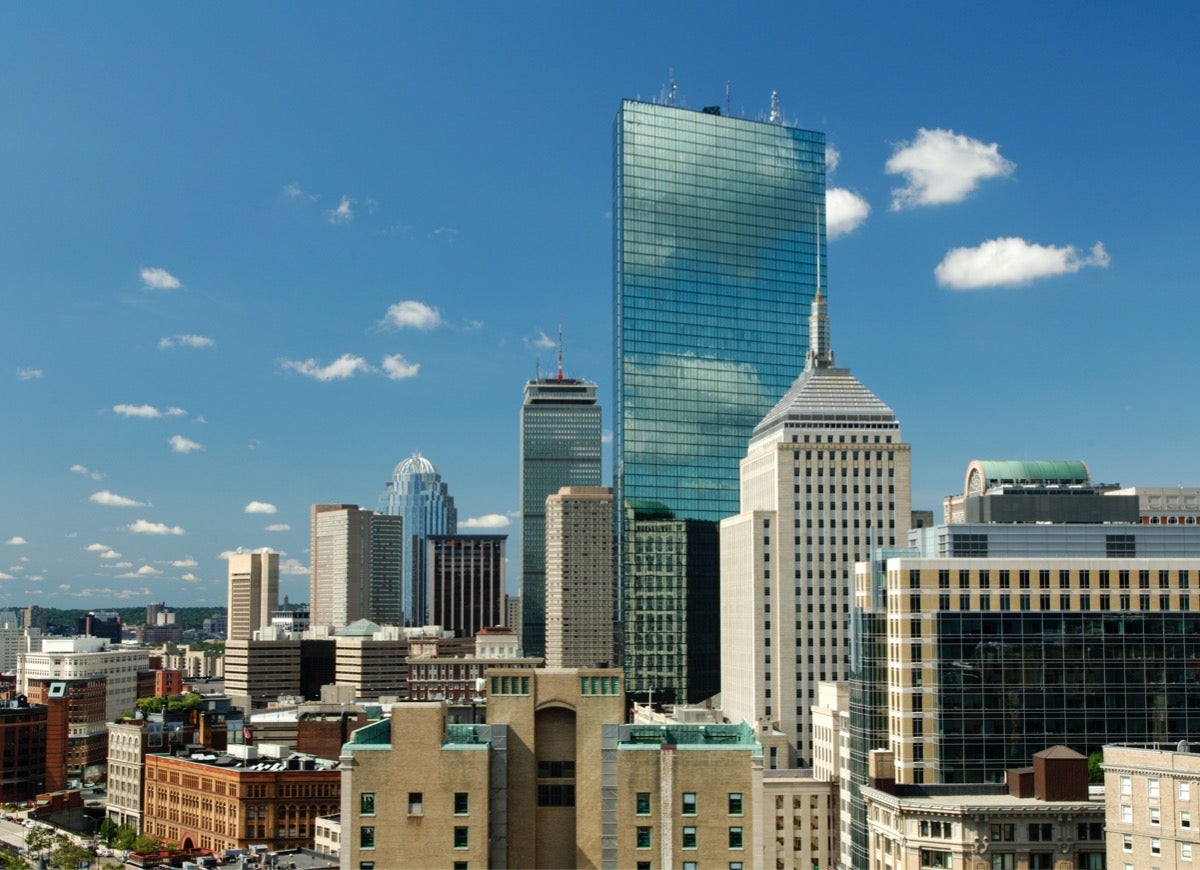
Asian American architects have at times been the unsung heroes in their chosen field, toiling in the shadows. Yet this elite group justly earned the spotlight, influencing later generations with their unique vision and perspective on design. Some spent decades at the top of their profession, while others are still evolving their aesthetic. Yet all have enriched our world with their innovative designs and challenged our understanding of where function ends and art begins.
Meejin Yoon
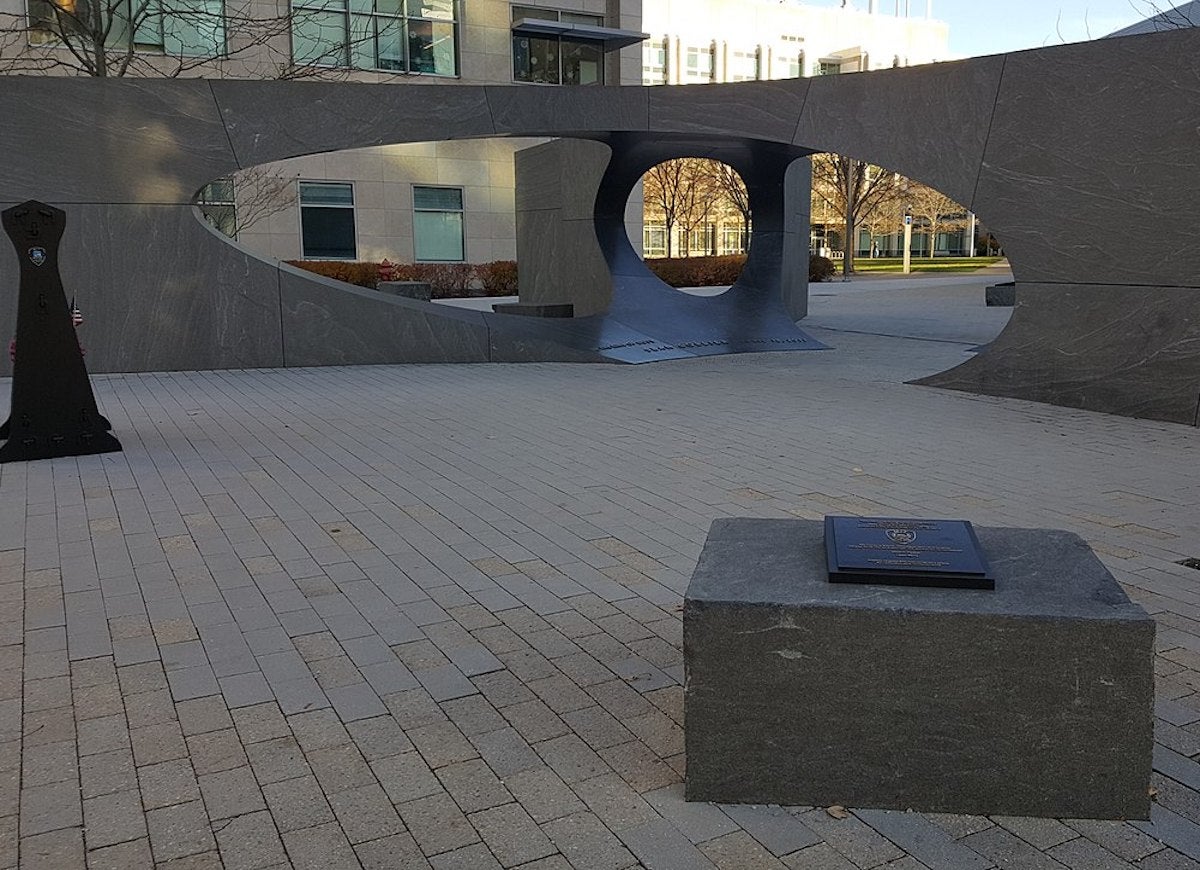
Meejin Yoon was born in Seoul, Korea, but she was raised in the United States. She studied at Cornell and Harvard, and began teaching at the Massachusetts Institute of Technology in 2001, where she was named the first female head of the department of architecture in 2014. She designed the Collier Memorial at MIT (pictured) and the White Noise/White Light installation at the 2004 Athens Olympics. Her work has been exhibited at the Guggenheim Museum, the Museum of Modern Art, and the Cooper Hewitt, Smithsonian Design Museum, among many others.
Wing Tao Chao
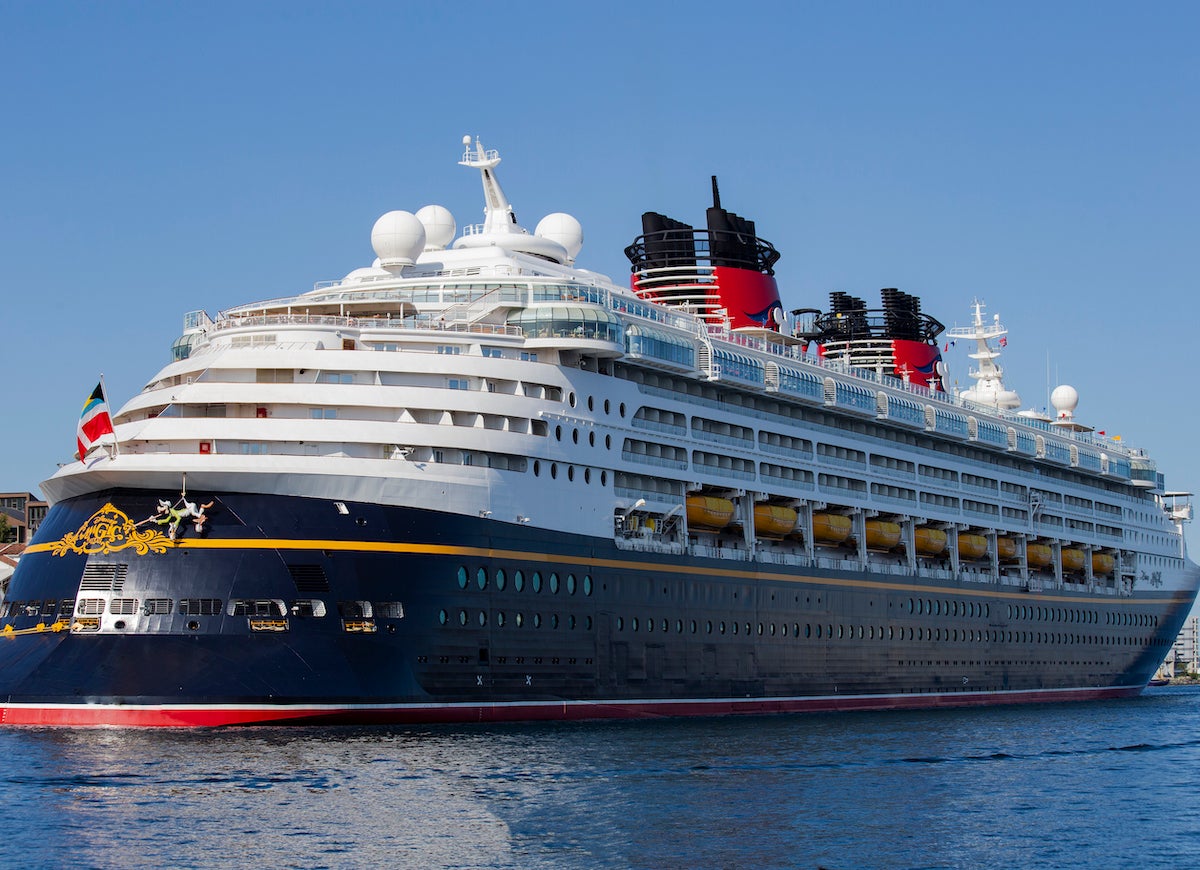
Wing T. Chao worked as a Disney Imagineer for 37 years, helping to expand the company’s presence in Europe and Asia, and leading the design of four Disney cruise ships. In recognition of his contributions to Disney parks and resorts, he was named a Disney Legend in 2019. More recently, this legend appeared in an episode of Disney’s “The Mandalorian,” solidifying his place in Star Wars history, too.
Ieoh Ming Pei
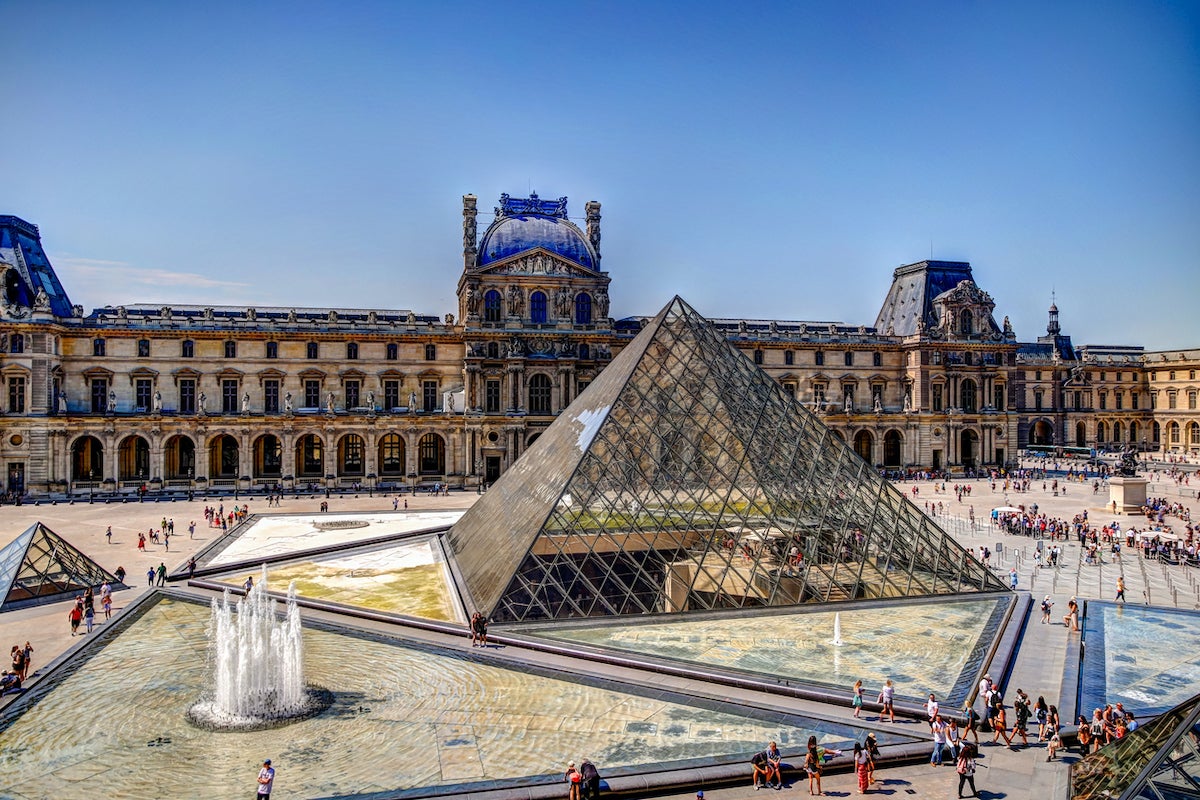
Born in Guangzhou, China, I.M. Pei came to the United States in 1935 to attend college, eventually transferring to MIT, where he received his degree in 1940. He won the opportunity to design the National Airlines terminal (later known as Terminal 6) at John F. Kennedy Airport in 1960, and in 1964, he designed the John F. Kennedy Memorial Library in Boston. One of his most recognizable (and controversial) buildings is the glass pyramid in the main courtyard of the Louvre Museum in Paris (pictured).
Billie Tsien

Billie Tsien is one half of the world-renowned husband-and-wife team of Tod Williams Billie Tsien Architects (TWBTA). The duo designs private, educational, institutional, and civic buildings around the world. Tsien is known for working within a signature set of values rather than a recognizable style. She begins her design process by interviewing those who will work in the building so she can unite art and function. Just a few of the famous buildings her firm has been associated with are the American Folk Art Museum and David Geffen Hall in New York City, and the Barnes Foundation in Philadelphia (pictured).
Minoru Yamasaki
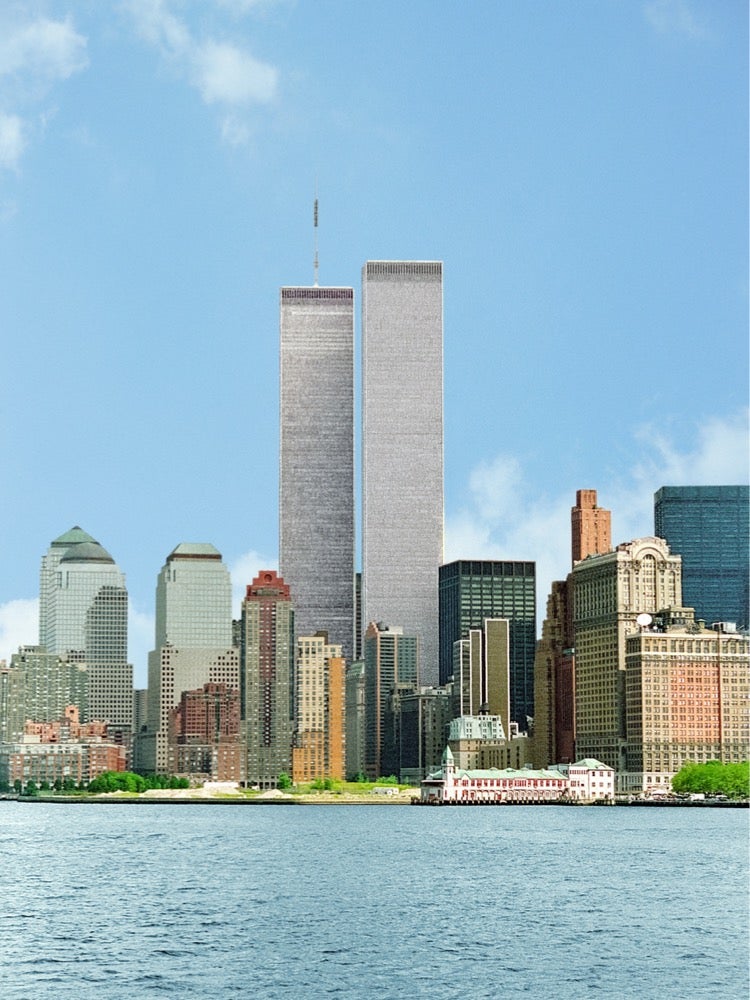
A Seattle native born to Japanese immigrant parents, Minoru Yamasaki moved to New York City in the 1930s, where he enrolled at New York University for his master’s in architecture. His work with an influential architecture firm kept him and his family out of internment camps during World War II. He established his own firm in the Detroit area in 1949 and designed the Pacific Science Center in his native city in 1962. Perhaps his most famous design was the World Trade Center (pictured), including the towers’ “sky lobby” elevator system. Yamasaki passed away in 1986, long before the towers fell on 9/11.
Maya Lin
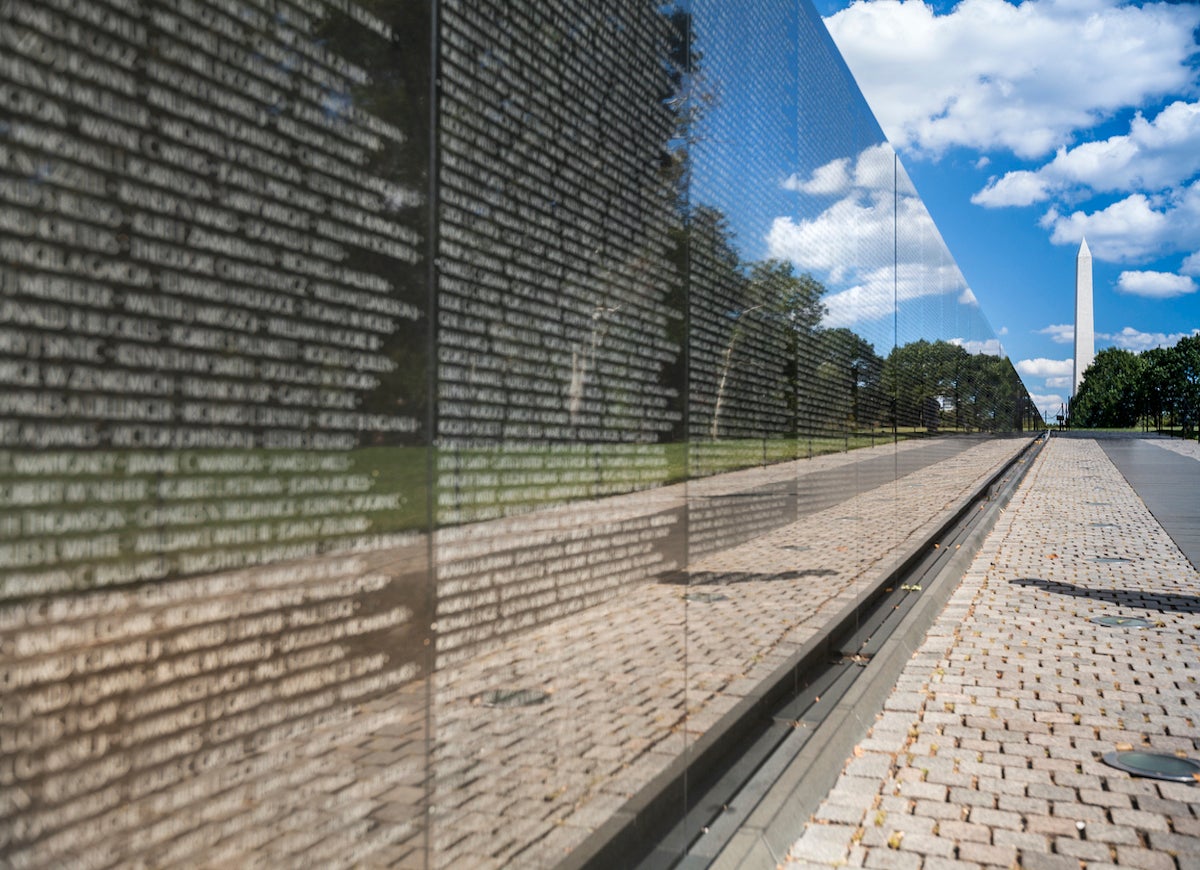
The world took note of Maya Lin when, as a student at Yale University, she won the design contest for the Vietnam Veterans Memorial in Washington, D.C. (pictured). This influential project launched her career, which has been notable mostly for her work on historic memorials, although she has designed landscapes, sculptures, and both public and private buildings as well as works that draw attention to environmental concerns.
Isamu Noguchi
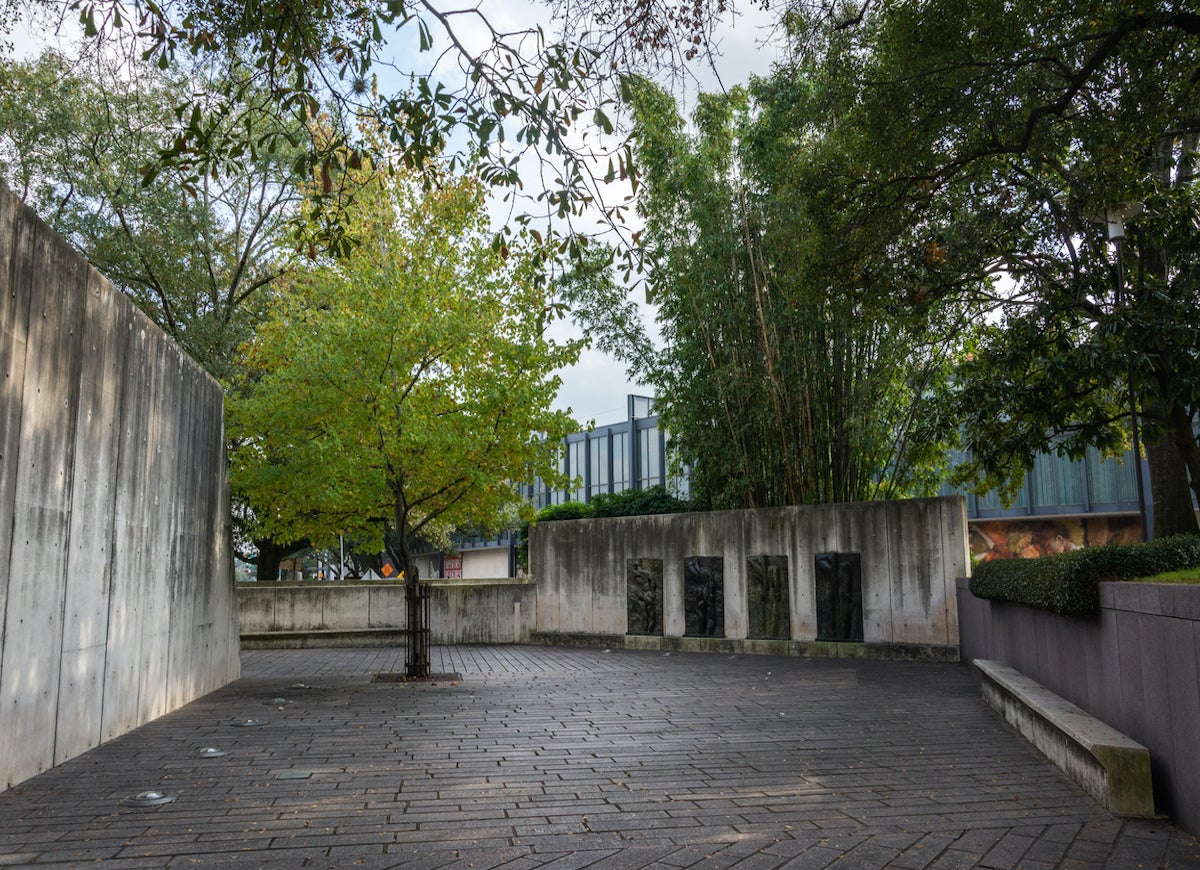
Discouraged from pursuing art and sculpture, Isamu Noguchi entered Columbia University in 1922 with the intention of pursuing a career in medicine. However, with encouragement from his mother, he enrolled in night classes at an art school. He soon dropped out of Columbia, decided to pursue sculpture full-time, and opened his own studio. His early sculptures were inspired by surrealism, but he found fame within the modernist style. Noguchi’s interlocking sculptures and beautifully designed public spaces such as the Lillie and Hugh Roy Cullen Sculpture Garden in Houston (pictured) have heavily influenced the art and design community.
Helen Liu Fong
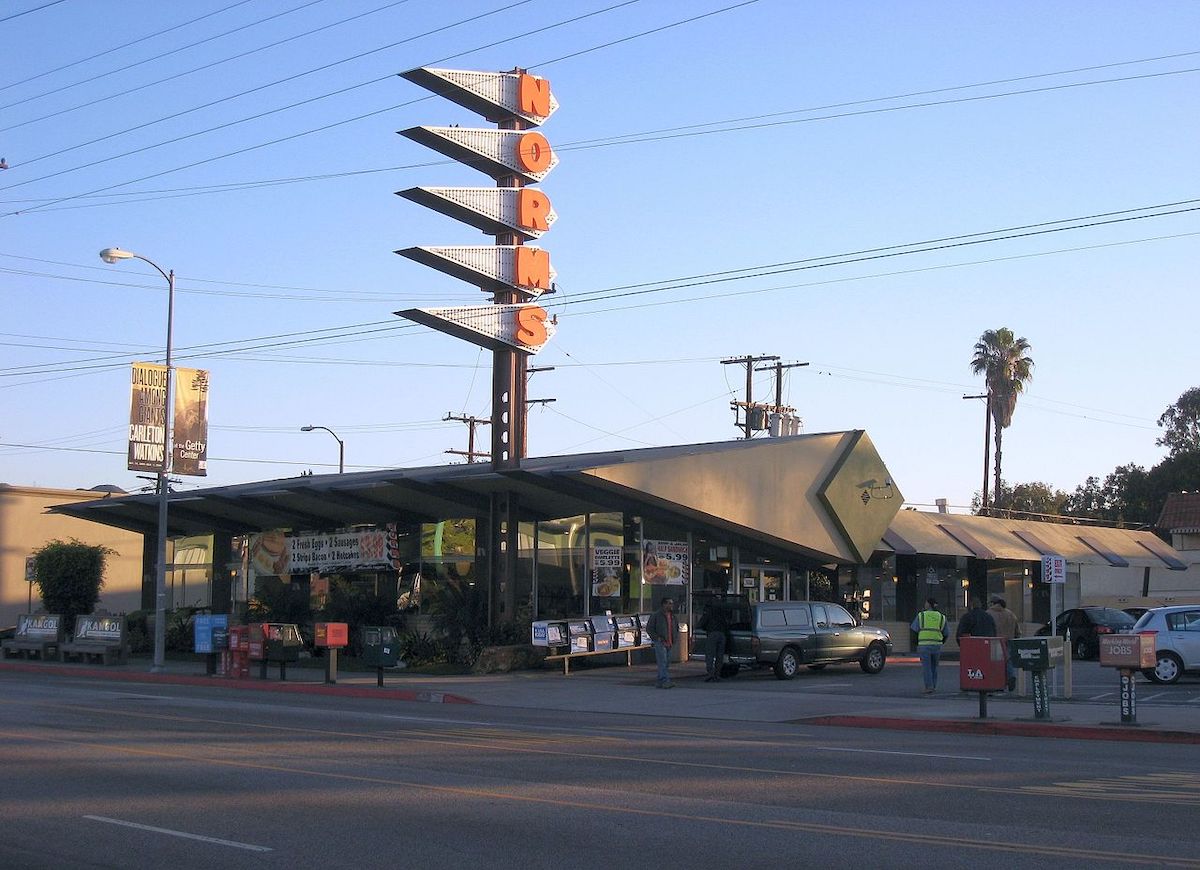
Fong was one of the very few Chinese American women to find success in the architecture world in the 1940s. Her first experience in architecture was in the closely aligned field of interior design. Although she worked as an administrator for a design firm, she went on to become an influential figure in Googie architecture, designing iconic Los Angeles-area buildings including Norms Restaurant (pictured) and the Holiday Bowl. This futuristic aesthetic, common in 1950s and ‘60s coffee shops and gas stations, featured dramatic angles, bright colors, and space-age flourishes. Fong’s designs maximized the buildings’ functionality, while the eye-catching architecture drew in customers.
Kaneji Domoto
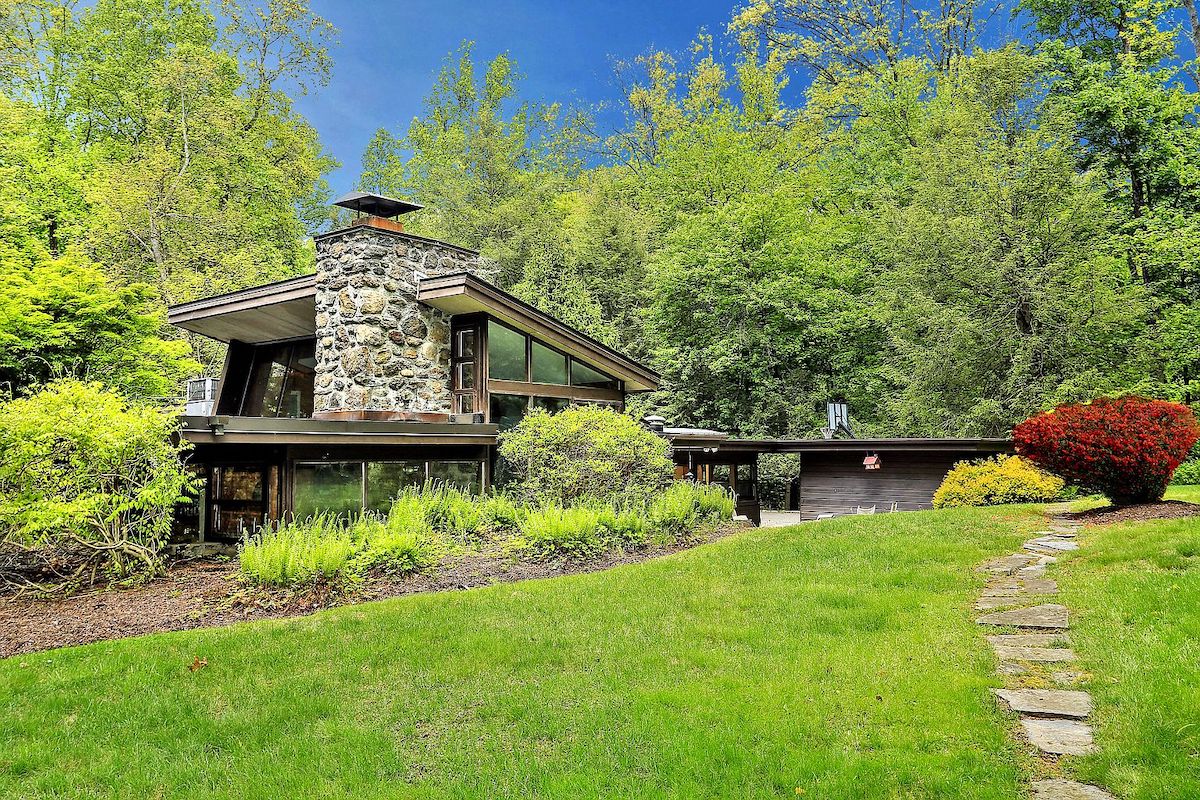
Kaneji Domoto had a 50-year career in architecture and landscape design. He studied with Frank Lloyd Wright in Taliesin, eventually designing several homes in Wright’s Usonia community in Pleasantville, New York (pictured). His work spanned residential, commercial, educational, and recreational projects, although Japanese American gardens were his specialty and garnered him numerous awards. He received the Frederick Law Olmsted Award for his redesign of the Japanese garden in Jackson Park in Chicago.

Everything You Need for a Lush and Healthy Lawn
Keeping your grass green and your plants thriving doesn’t just take a green thumb—it starts with the right tools and supplies.

